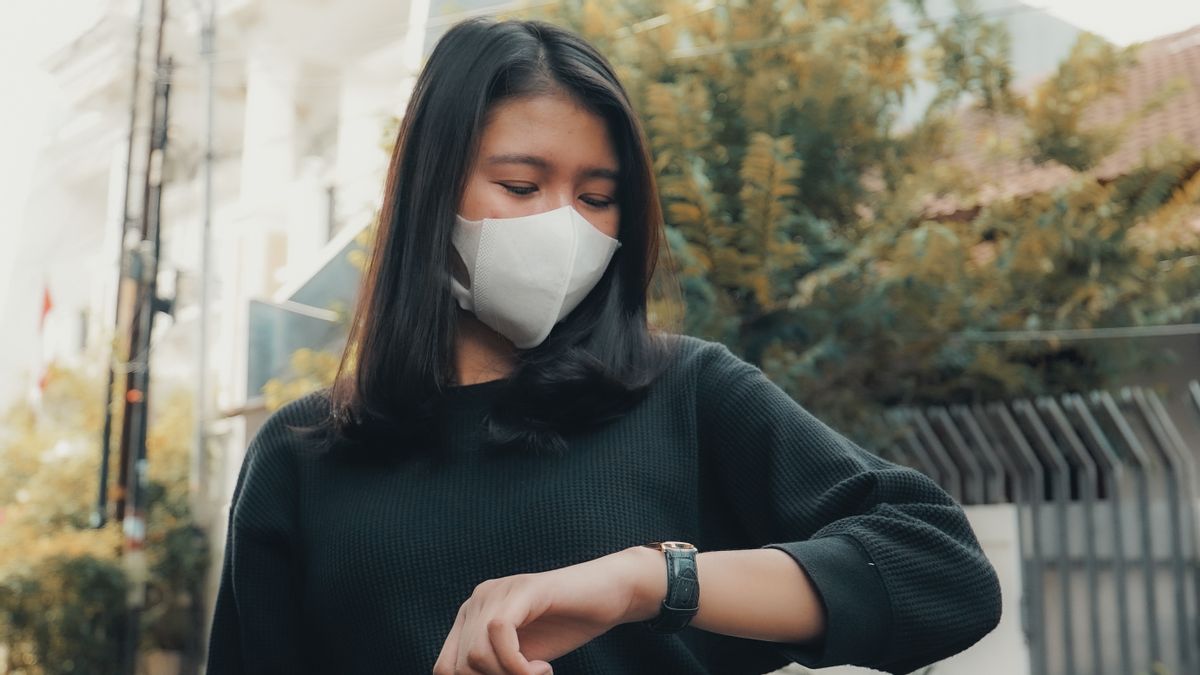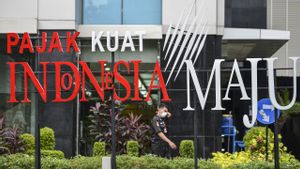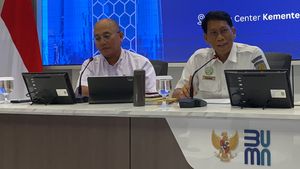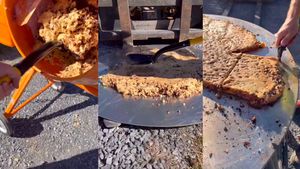JAKARTA - Using a mask in the midst of the COVID-19 pandemic is a must, but not all masks are effective in warding off this virus. Spokesperson for the Task Force (Task Force) Handling COVID-19 Wiku Adisasmito said masks made of scuba cloth and buffs were not effective in preventing COVID-19.
"This scuba and buff mask is a mask with only one layer and is too thin. So that the possibility to penetrate and not be able to filter is bigger," Wiku said in an online press conference broadcast on the YouTube account of the Presidential Secretariat, Tuesday, September 15.
In addition, these two types of masks are usually easy to pull down under the chin, thereby eliminating the function of their use.
Instead of using buffs or scuba masks, people can use surgical masks, especially when they are sick. Meanwhile, healthy people can use cloth masks.
However, it must be remembered that when choosing a cloth mask, it is made of cotton and three layers. "This is important because the ability to filter or filter virus particles will be better with a higher number of layers. In this case 3 layers are made of cotton," he said.
Previously reported, researchers from Duke University created a simple way to test the effectiveness of various types of masks that exist. Unexpectedly, it turned out that masks made of fleece were like buffs that were the least safe. This type of mask actually makes more air droplets or droplets.
The research started when a professor from Duke's School of Medicine helped a local group purchase large quantities of masks to distribute to community members in need. He wants to make sure the group buys masks that are really effective.
In a study published in Science Advances some time ago, researchers demonstrated a simple method using a laser beam and cell phones to test the efficiency of masks. They studied the spread of droplets or respiratory droplets during a person's casual conversation.
"We use black boxes, lasers and cameras," said Martin Fischer one of the researchers told CNN. "The laser beam is extended vertically to form a thin sheet of light, which we emit through the slits on the left and right of the box."
Meanwhile, there is a hole in the front of the box so that someone can talk into it. The phone's camera is placed on the back of the box to record light that highlights droplets when someone is talking. It is through this recording that the droplets are calculated using a simple computer algorithm.
In that study, there were 14 masks tested including the N95 masks that were used professionally by the medical team. First, the test is carried out by watching someone speak without using a mask using the box. Then the person does it again using a mask. Each mask was tested 10 times.
As a result, the most effective mask is the N95. Underneath is a three-layer surgical mask and the cotton masks that many people make at home also perform well.
Meanwhile, masks that are not good to use are made of fleece or imitation wool yarn such as buff. This fabric is usually used for making sweaters and hoodies.
[/ read_more]
Previously, PT Kereta Commuter Indonesia (KCI) also requested that passengers using the commuter line not wear scuba or buff type masks.
Vice President for Corporate Communication of PT KCI Anne Purba asks users to always wear masks correctly, namely covering their nose and mouth perfectly. For the sake of joint health, continued Anne, it is highly recommended to use a mask that has sufficient effectiveness in reducing droplets or fluids.
"Use at least a cloth mask that consists of at least two layers. Avoid using the scuba type or only using a buff or cloth to cover the mouth and nose," he said.
[/ read_more]
The English, Chinese, Japanese, Arabic, and French versions are automatically generated by the AI. So there may still be inaccuracies in translating, please always see Indonesian as our main language. (system supported by DigitalSiber.id)













